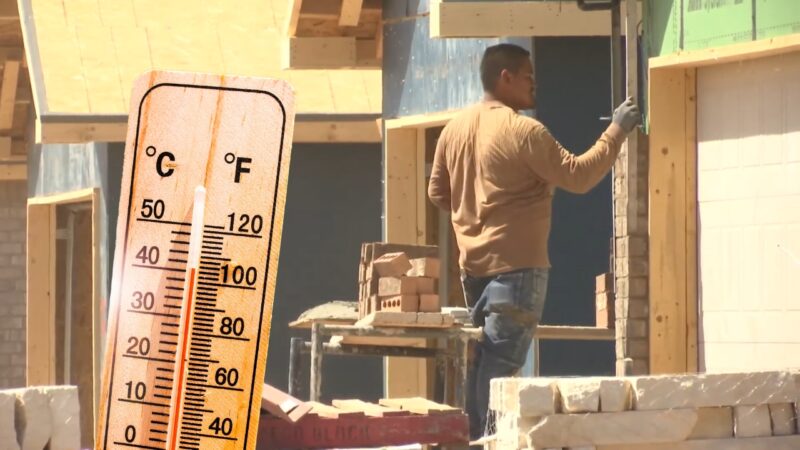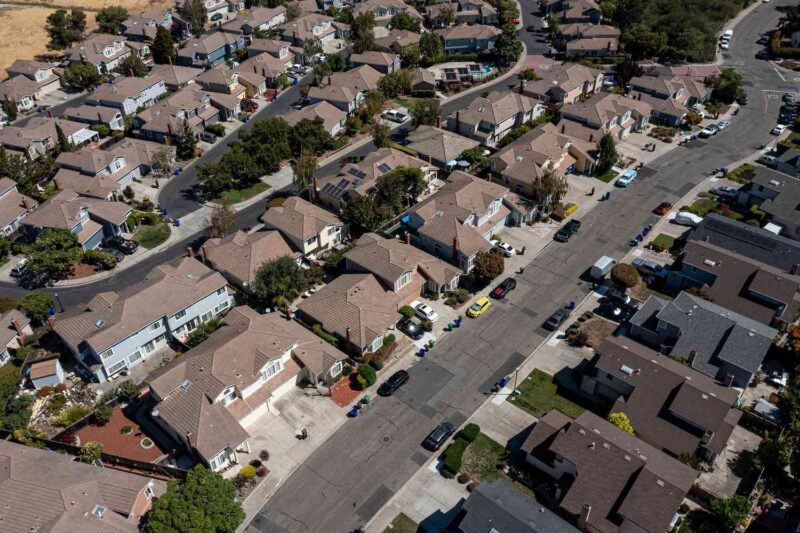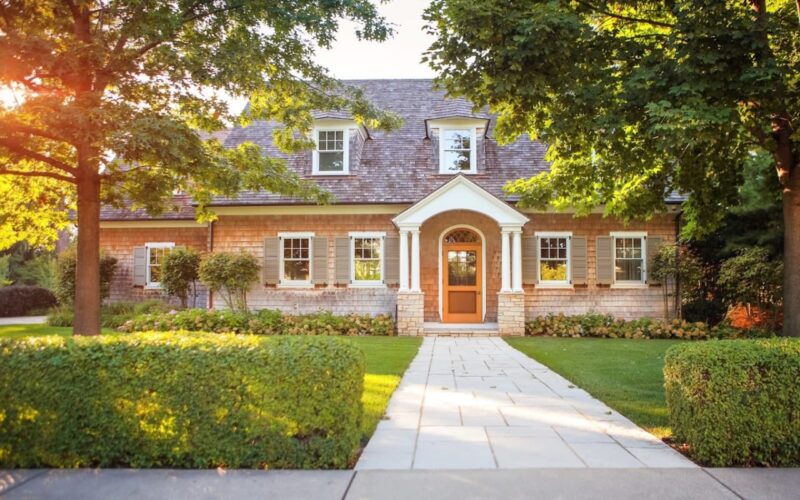Receding expectations for the Federal Reserve to lower interest rates in the coming months are keeping US mortgage rates around 7%, more than double what they were three years ago.
This prolonged high-rate environment is slowly but surely transforming the housing market.
“Homeownership is becoming less of a middle-class dream and more of an aspirational dream that comes with above-average wealth,” says Daryl Fairweather, chief economist at Redfin Corp., an online real estate firm.
Renters’ Homeownership Dreams Fading

According to a survey by the New York Fed, renters believe there’s a 60% chance they’ll never be able to own a home — the highest percentage since the survey began a decade ago.
Only 16% of listings last year were affordable for the average American household, as per Redfin.
Adding to the challenge, home insurance costs and property taxes have also surged, pushing the median home price to a record $433,558.
Economic Impact of High Mortgage Rates
The relentless pressure of high mortgage rates has disrupted major life plans for many US consumers. This could result in people staying in dead-end jobs or refusing to relocate for better opportunities, ultimately affecting business productivity.
This situation is likely to widen wealth gaps, as more people are shut out from homeownership, creating a larger divide between those who own homes and those who don’t.
Wealthier Homeowners Also Affected

Even wealthier homeowners aren’t immune to the impact of high mortgage rates. More than 1.7 million homebuyers since 2019 purchased homes with adjustable-rate mortgages.
These loans start at a lower rate for the first few years but then adjust based on current borrowing costs.
Hundreds of thousands of these buyers have already seen or will soon see their rates reset at much higher levels.
“Your payment’s gonna almost double and it’s not gonna be pretty,” says Chris Stearns, a southern California-based mortgage loan advisor at Thrive Loans.
Shifting Rent vs. Buy Calculations
According to Zillow Group Inc., homeowners are now spending about 35% of their income on housing costs, compared to 29% for renters.
While mortgage-rate relief doesn’t seem likely, supply was initially a positive factor: builders have been busy in recent years, and there’s a “huge number of homes for sale in the pipeline,” as Steven Blitz, chief US economist at Lombard Street Research, notes.
However, builders are now cutting back and delaying the start of authorized projects, Blitz wrote in a note Tuesday. This could limit the increase in inventory over time, keeping prices high even if mortgage rates fall, and making renting more attractive.
Challenges from Extreme Heat

A study by the San Francisco Fed warns that extreme heat is set to limit construction worker productivity and reduce investment over the long term.
The study projects a significant increase in days per year above safety thresholds for “heavy work,” rising from 22 days in 2020 to about 80 by 2100.
This could lower the capital stock by about 1.4% by 2100, reducing the economy’s ability to produce output and leading to a 0.5% annual loss in consumption.
I’m Tanner Murphy, a retired real estate agent from California, now writing for propertyescape.net. I simplify California’s complex real estate laws for readers, making it easier to understand and navigate the market.






